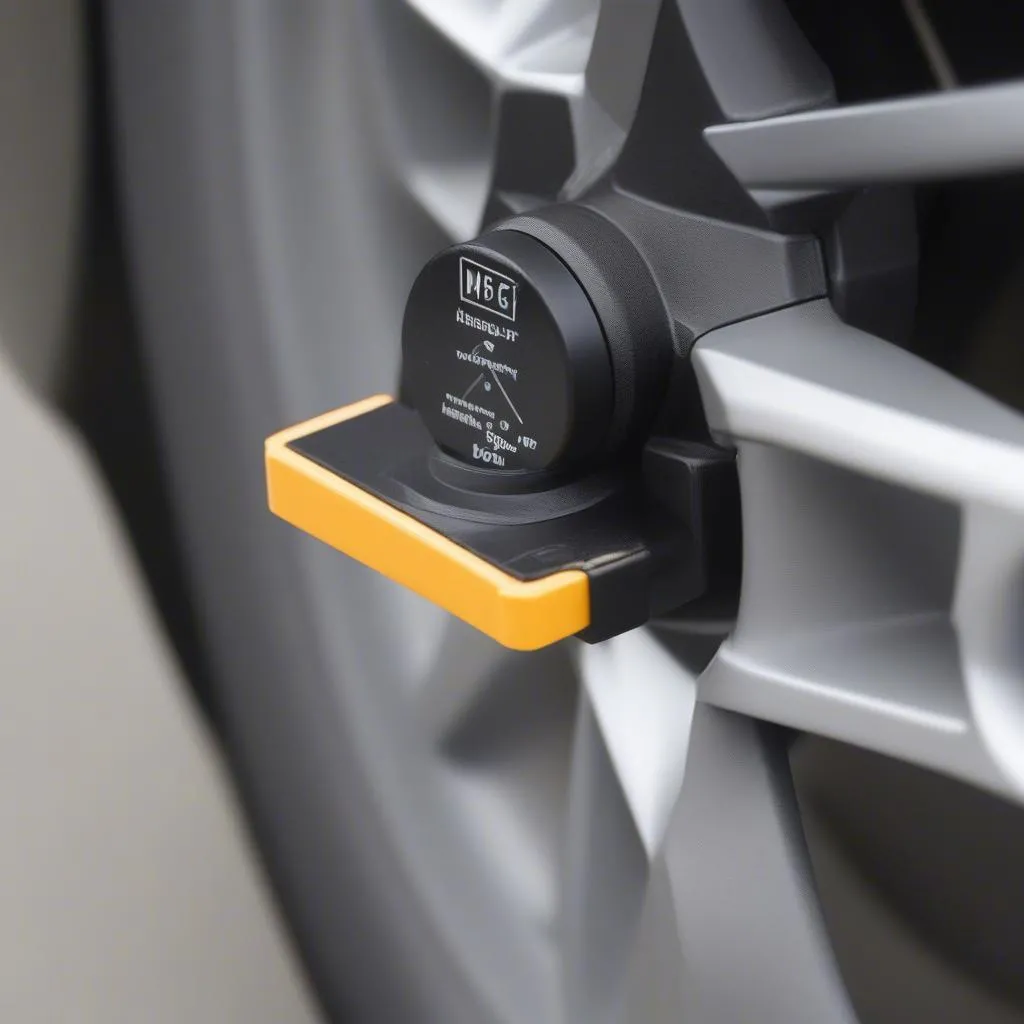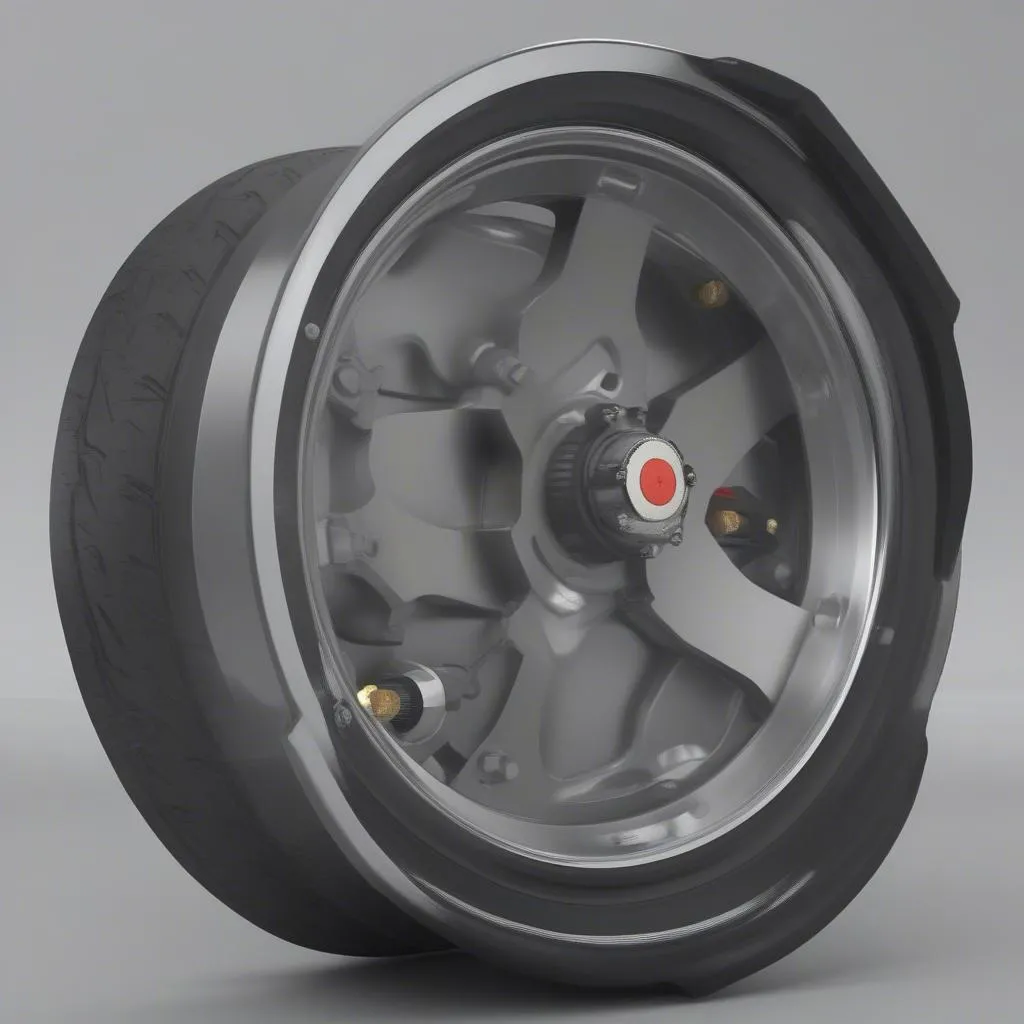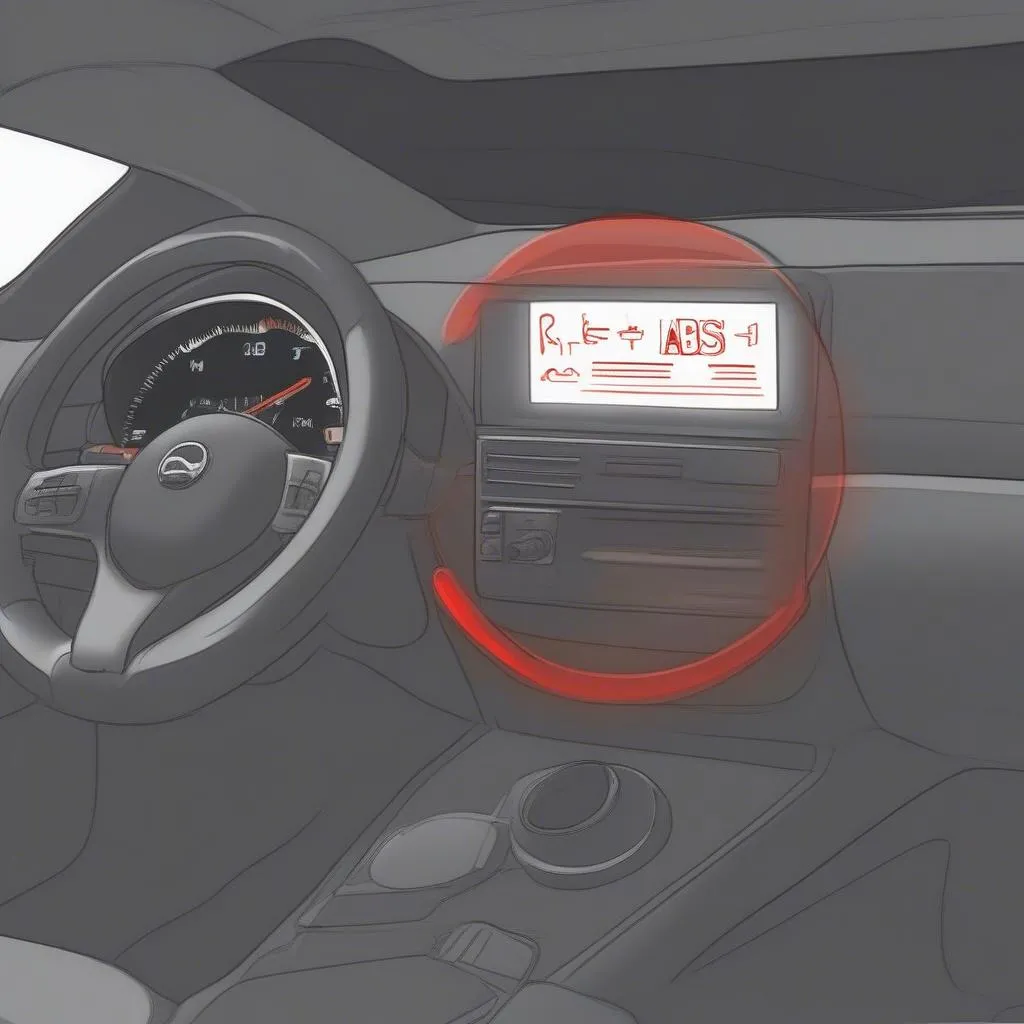Have you ever wondered what happens when you slam on your brakes in a slippery situation? You feel your car trying to regain control, almost like it’s fighting to stay straight. That’s the magic of ABS, or Anti-lock Braking System, at work! It’s a crucial safety feature in modern vehicles, preventing wheels from locking up and giving you better control during emergency braking. But here’s the thing – you can’t just “turn on” ABS. It’s a system that automatically engages when needed.
Understanding ABS: A Deeper Dive
What is ABS?
ABS is a complex system that uses sensors and actuators to prevent wheel lock-up during braking. Think of it as a computer that monitors your braking pressure and adjusts it constantly to ensure your wheels keep rolling.
Why is ABS Important?
This system is crucial for maintaining vehicle control, especially on slippery surfaces like wet roads, snow, or ice. By preventing your wheels from locking up, ABS helps you steer and maintain control of your vehicle during a sudden braking maneuver. It’s all about safety and minimizing the risk of skidding.
How Does ABS Work?
Here’s a simplified explanation:
- Sensors: Sensors located at each wheel measure the speed of rotation.
- Control Unit: A control unit constantly monitors the wheel speed data.
- Hydraulic Actuators: If a wheel starts to lock up, the control unit uses hydraulic actuators to modulate brake pressure, preventing the wheel from locking.
Can I Turn on ABS?
No, you can’t turn on ABS like you can flip a light switch. The ABS system is designed to automatically activate during emergency braking situations. If you’re driving on slippery surfaces, ABS will kick in if needed.
Common Misconceptions About ABS
“ABS makes braking faster.”
While ABS helps maintain control during braking, it doesn’t necessarily make you stop faster. In ideal conditions, braking without ABS might be slightly quicker. However, ABS’s primary function is to prevent wheel lock-up, which ultimately improves overall vehicle control.
“ABS is a replacement for good driving habits.”
Don’t rely solely on ABS! While it’s a crucial safety feature, it’s not a substitute for safe driving practices. Maintaining a safe following distance, anticipating traffic conditions, and knowing your vehicle’s capabilities are still essential.
“I can feel ABS working.”
While you might feel a pulsing sensation in the brake pedal during ABS activation, it’s usually a subtle feeling. It’s a sign that the system is doing its job, but it doesn’t necessarily mean something is wrong.
What to Do When Your ABS Light Comes On
If your ABS light comes on, it usually indicates a problem with the system. It’s essential to have it checked by a qualified mechanic as soon as possible. Ignoring a faulty ABS system could compromise your safety during an emergency braking situation.
Frequently Asked Questions
Q: What should I do if my ABS light comes on?
A: It’s crucial to get your ABS system checked by a mechanic. It could be a minor issue, like a faulty sensor, or a more serious problem. Don’t ignore it.
Q: What are the warning signs of ABS failure?
A: A lit ABS warning light is a clear sign. You might also feel a pulsing sensation in the brake pedal, indicating the system is trying to engage but failing.
Q: How often should I get my ABS system checked?
A: It’s generally a good idea to have your ABS system inspected during regular car maintenance.
More Helpful Resources
Want to learn more about ABS and how to keep your car safe?
Get Expert Help
Still have questions about ABS or other automotive systems? Don’t hesitate to contact us! Our team of automotive experts is here to help you. WhatsApp: +84767531508
 ABS sensor
ABS sensor
 ABS control unit
ABS control unit
 ABS light
ABS light
Stay safe on the roads!